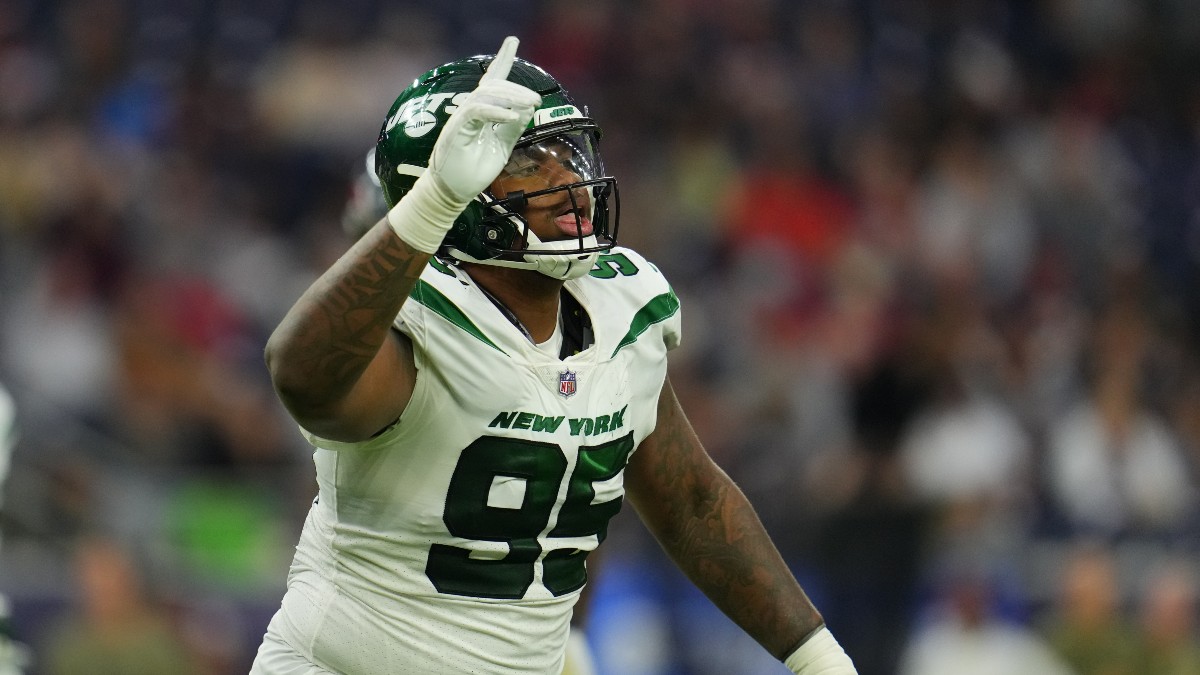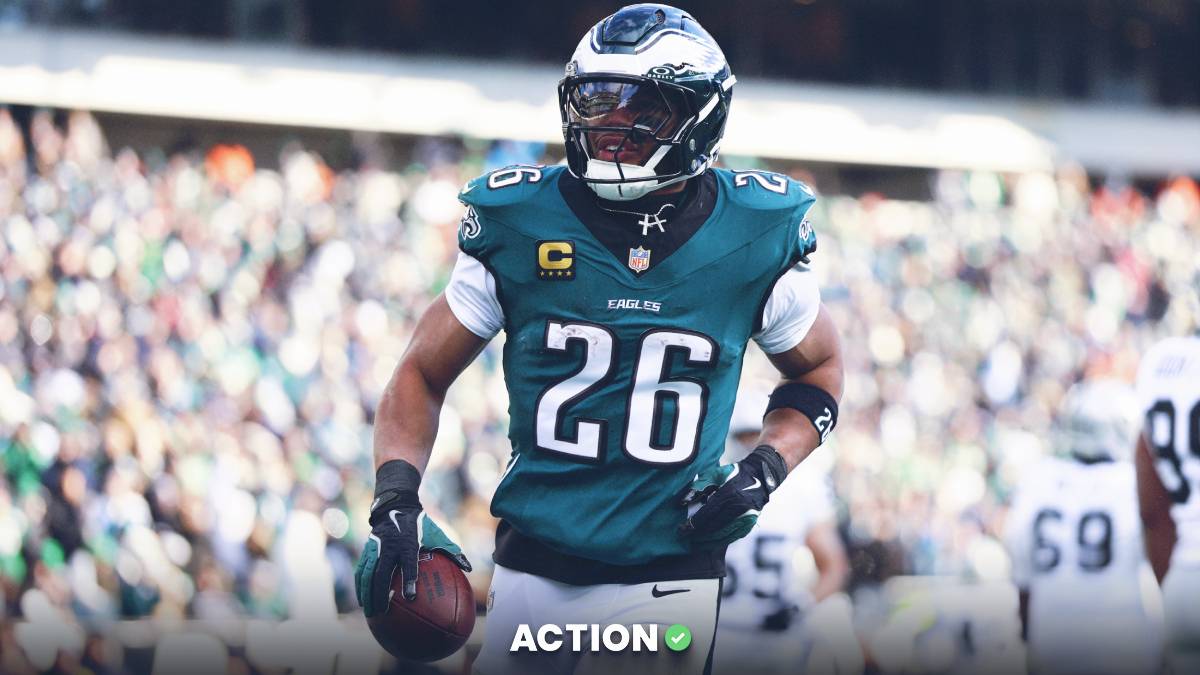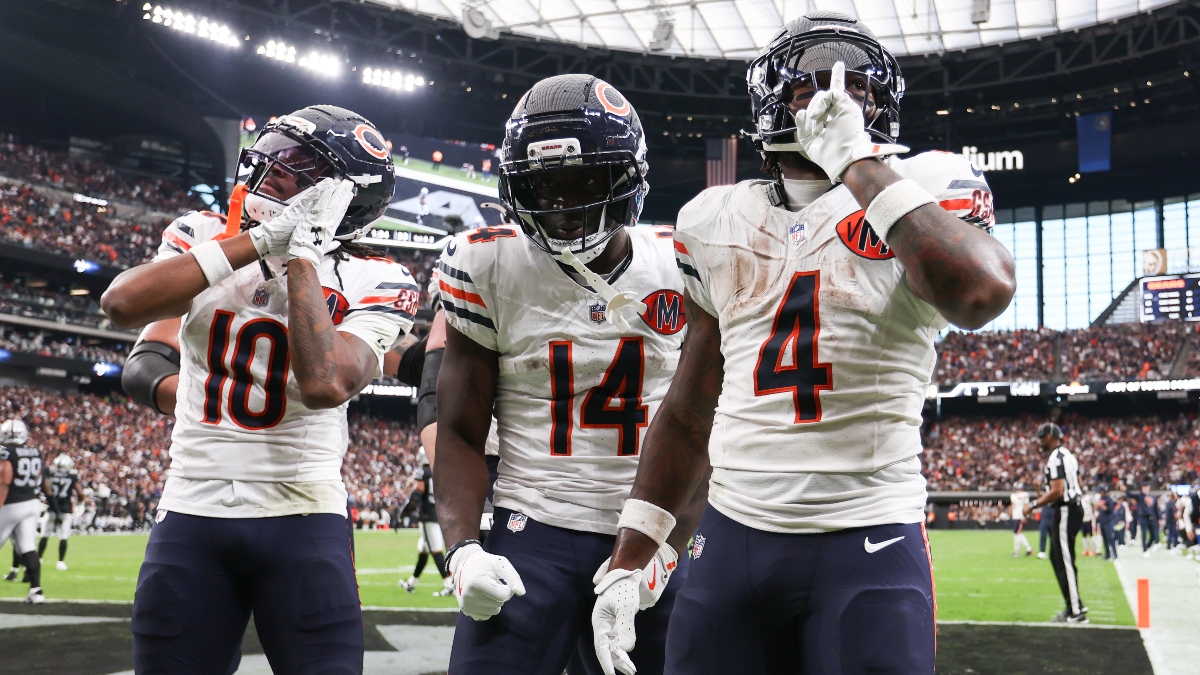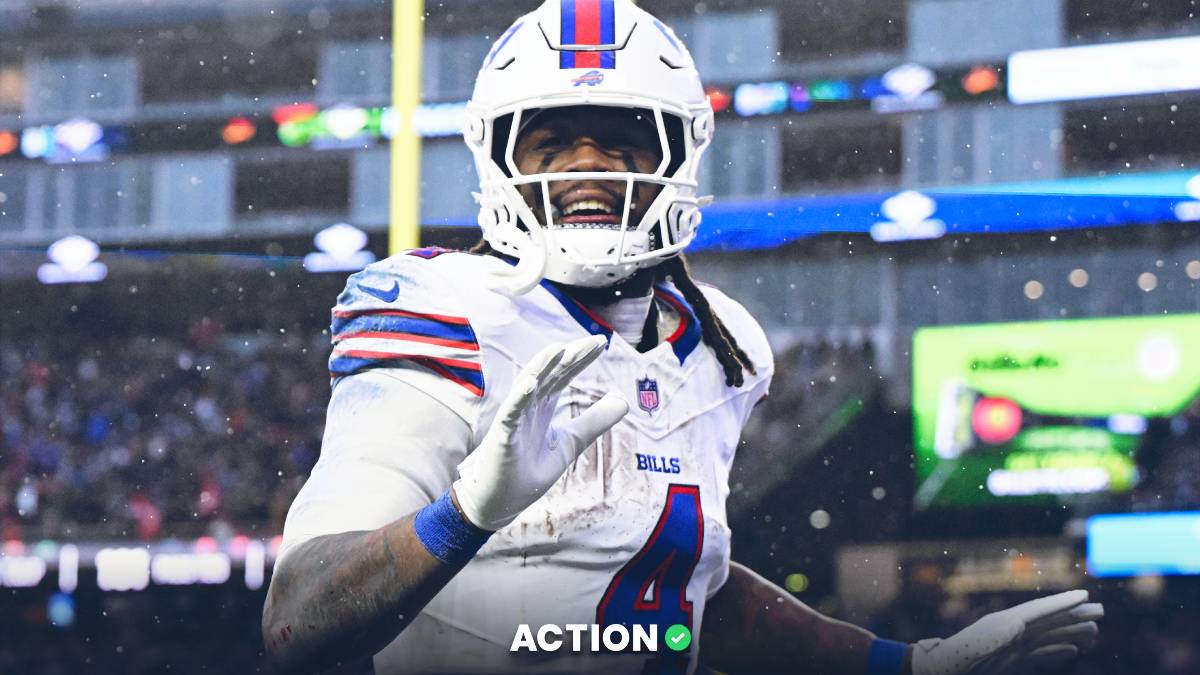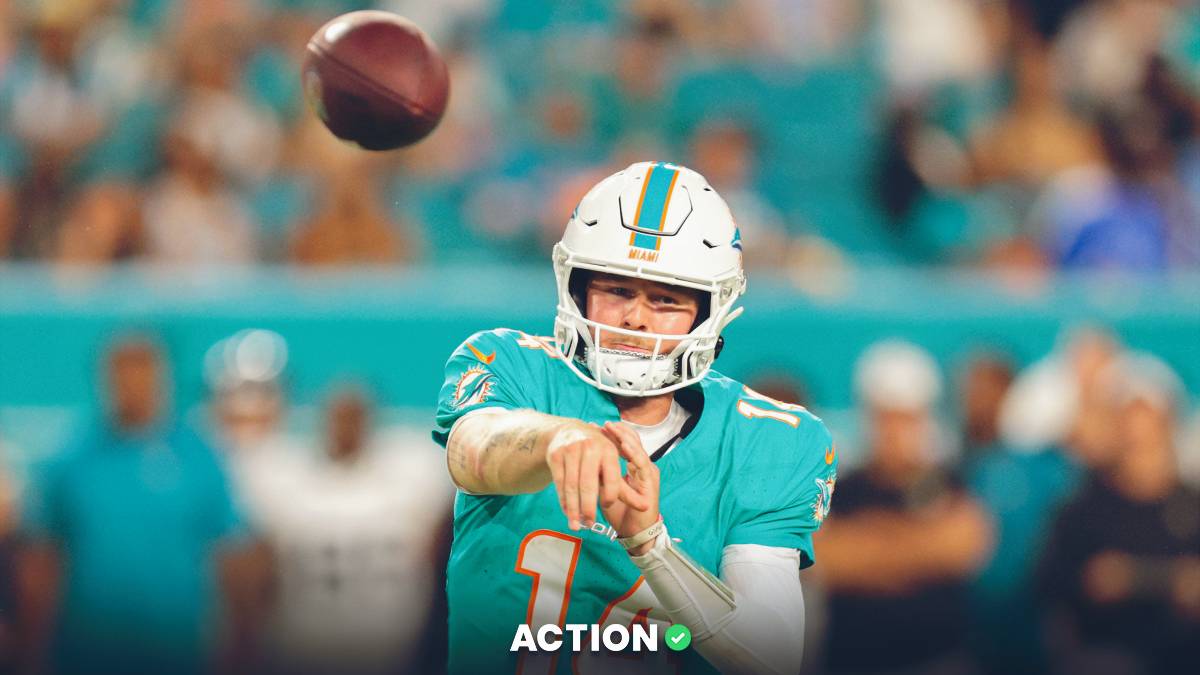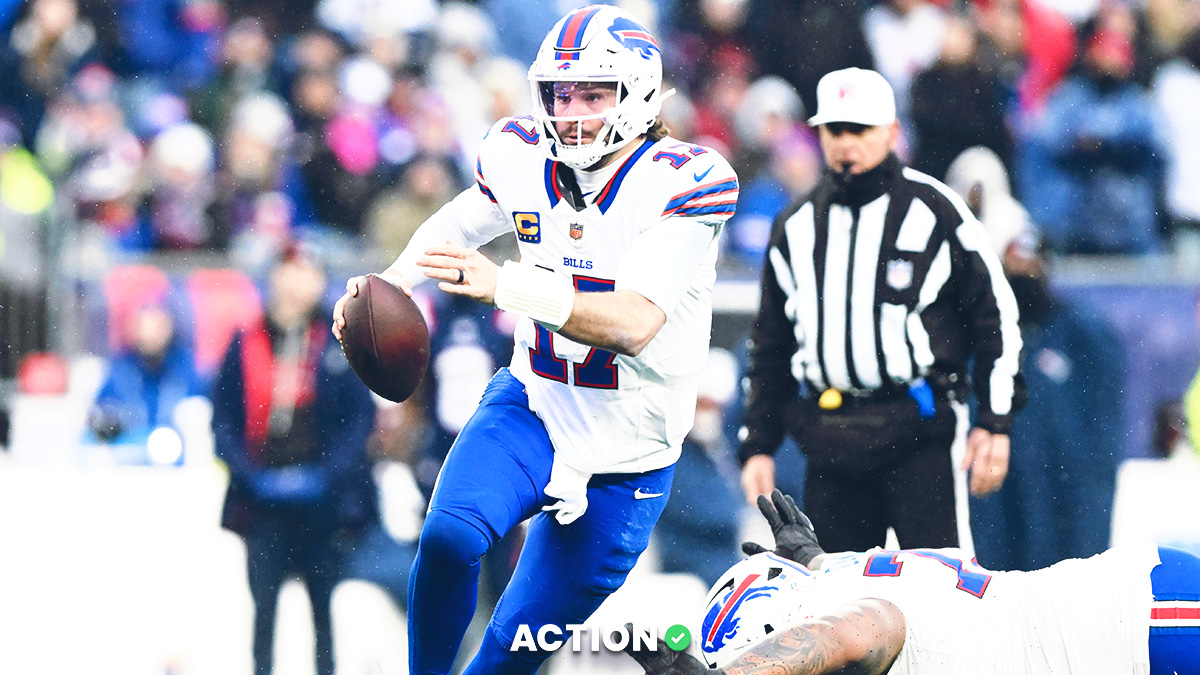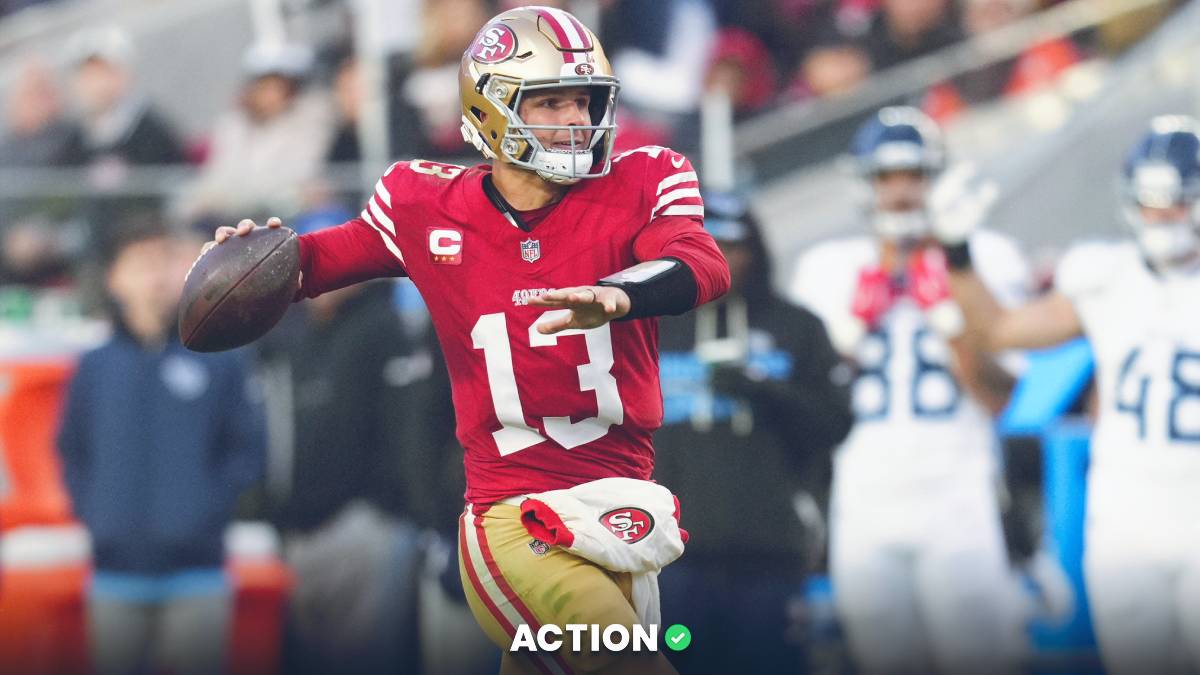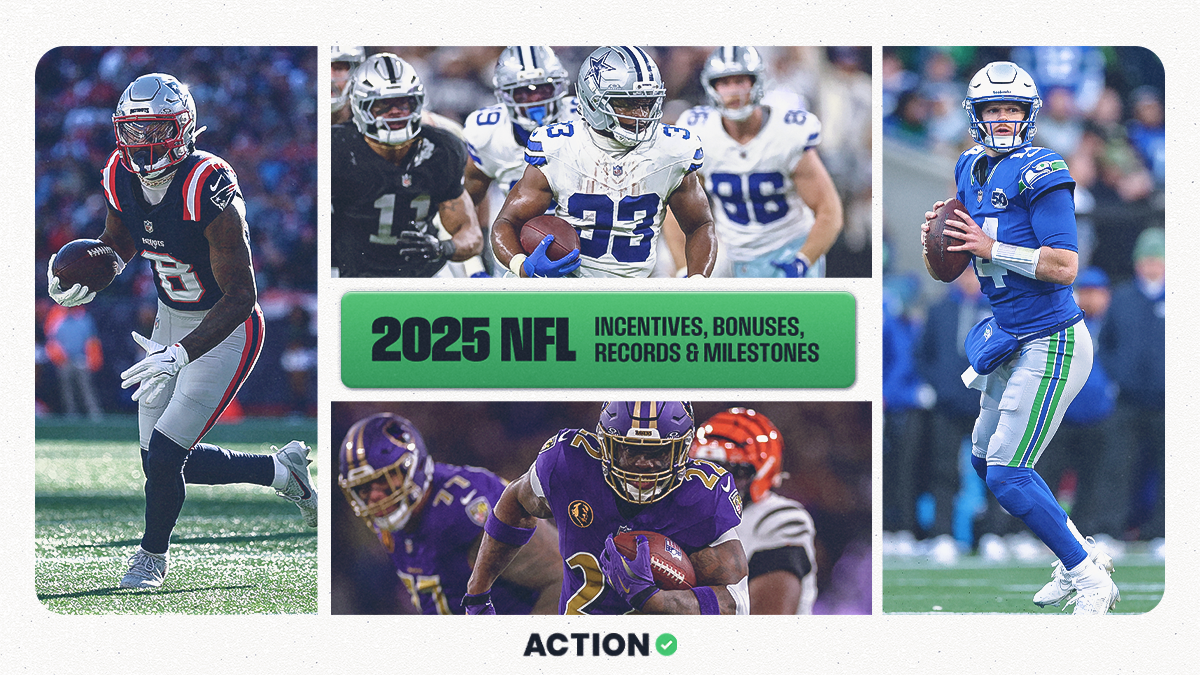For years, the way to guaranteed riches in the NFL Draft was obvious: Be a great quarterback.
And while that continued to be the case, the next way to make big money became to protect the quarterback, with the story of the left tackle gaining national eyeballs with Michael Lewis' book "The Blind Side" and the movie that followed.
But over the last decade, another position has competed with — and in some years, usurped — quarterbacks and offensive linemen in draft supremacy: pass rushers.
And there's good reason for that. It boils down to basic economics. No matter what your philosophical standpoint is regarding which positions are more important than others, the basic truth is that defensive linemen rank No. 2 overall in average salary by position.
On the aggregate, they're paid more than any other position besides quarterback. If extrapolating for the top 10 players per position, they come in third behind wide receivers.
NFL Draft picks are paid — no matter their position — based on where they're drafted. So, for instance, if you draft a running back at No. 5 overall, you're expected to pay him roughly $6 million for his rookie season. That's roughly what Austin Ekeler makes as the 14th-highest paid RB in the league — and as the fourth-best running back last season. That $6 million would make a defensive lineman at No. 5 overall tied for the 58th-highest paid at the position.
That gives teams little wiggle room. Texas RB Bijan Robinson may be a superstar, but the team that would draft him atop the first round would need to nail that pick in order for the rookie to be any semblance of a value add. Effectively, he'd have to put up top 5 running back numbers over the course of his contract in order to justify a high selection.
For defensive linemen? There's a lot more wiggle room. $6-8 million per year in value means a solid 80th percentile player is good enough. That's by no means elite, let alone even a Pro Bowl caliber player.
So, naturally more of those players get selected in the first round.
Take the Giants' interior lineman Dexter Lawrence for example. He made just $4 million on the last year of his rookie deal, yet had a better season — according to PFF — than the Rams' Aaron Donald, who made $26 million. That's tens of millions of dollars of value for the Giants — money that could then be reallocated to the rest of the team.
Meanwhile, a running back in that position would have to put up numbers better than Christian McCaffrey (1,880 yards from scrimmage and 13 touchdowns on 329 touches) in order to be as valuable.
You get the picture.
To analyze how important the defensive lineman has become in the draft, I came up with the following point system for first round picks over the last six years:
- Picks 1-5: 5 points
- Picks 6-11: 4 points
- Picks 12-18: 3 points
- Picks 19-25: 2 points
- Picks 26-32: 1 point
These are the positions that, based on players drafted and their position drafted, had the most points since 2017:
- Defensive End/Defensive Tackle, 95 points
- Offensive Tackle/Offensive Guard, 82 points
- Quarterbacks, 77 points
It's simple. You don't need to hit home runs for defensive and offensive linemen — but if you do, you're getting unmatched value. Getting a top 75 guy at his position is enough to break even on an EV chart. So, they're safer picks, and NFL teams have acted accordingly.


